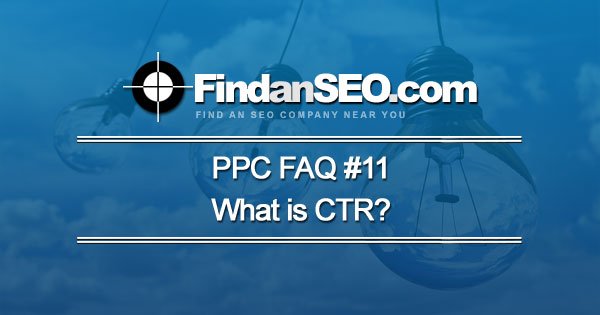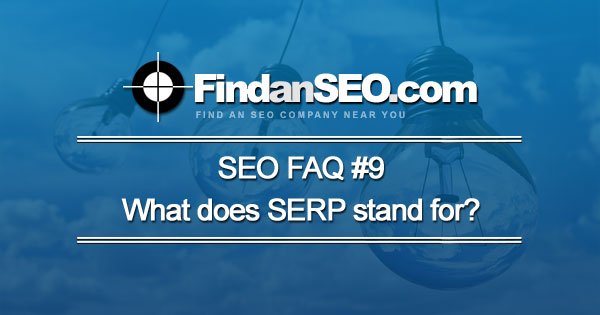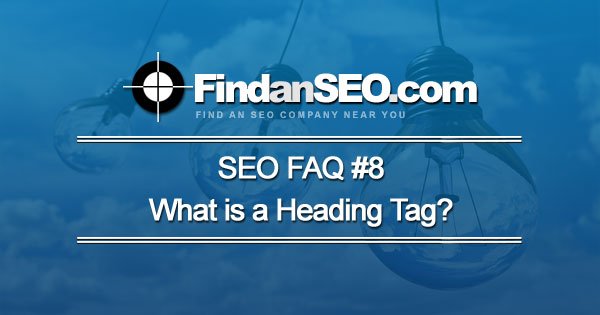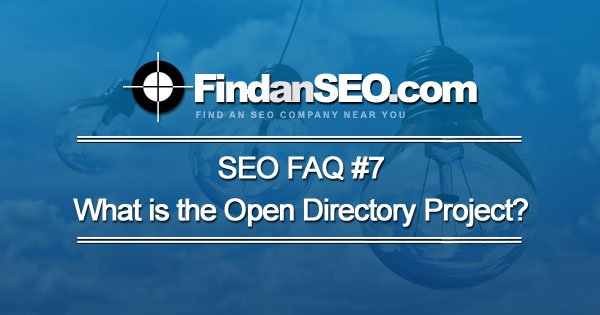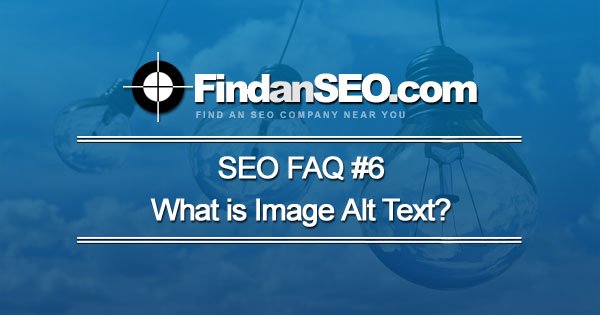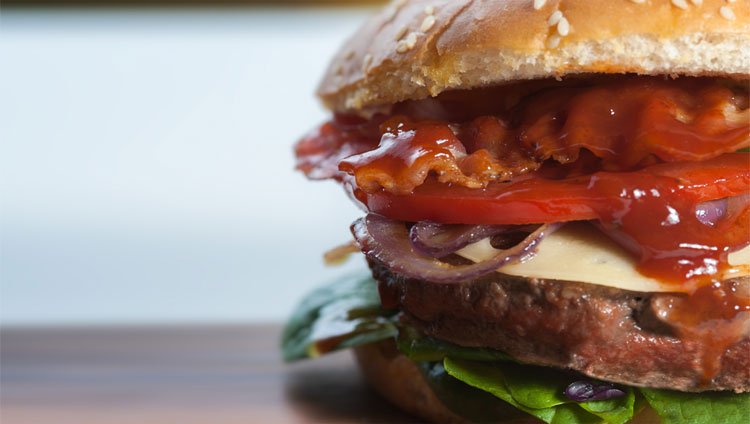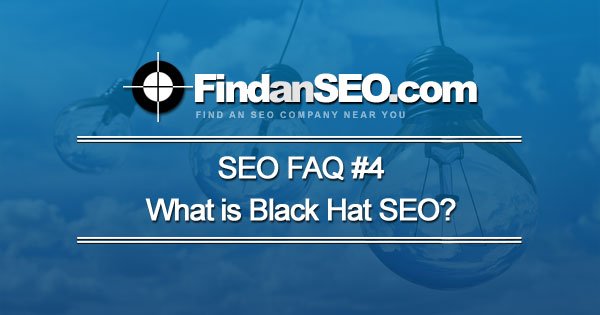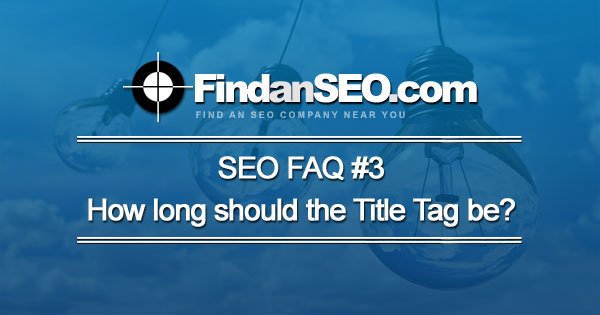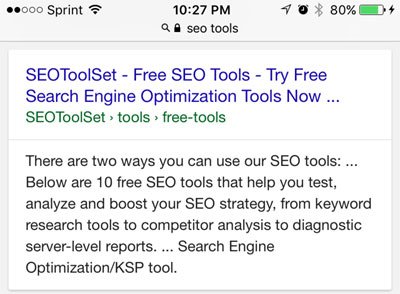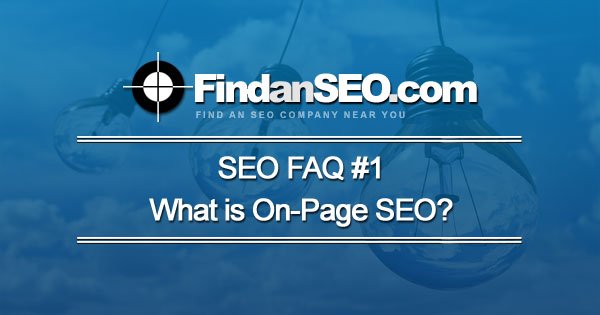Traditionally, on-page SEO has been defined as strategies used to increase the rankings of a page by modifying the content or underlying HTML source code. This often meant adding keywords throughout the page (usually after the content was written) in certain important places as determined by the latest search engine algorithm. In many cases there was no regard to quality, value, or uniqueness of content.
In 2017, the definition of on-page SEO should be slightly modified to include a few other factors that take into account user experience. Don’t get me wrong, keywords are still important but forfeiting user experience to achieve the perfect balance of keywords just doesn’t make sense anymore. According to Moz, less than 15% of organic search engine rankings can be attributed to keyword based factors. So technically you could say on-page SEO is mostly about the user experience with a secondary consideration given to keywords on the page.
Having the perfect mix of the two will lead to great rankings.
Factors that Allow for a Great User Experience
- Unique and valuable content
- Page load speed
- Responsive web design (can render on any device)
- Created to be shared on social media
On-page Elements for Keyword Targeting
- Title Tags – Target your main keyword as close to the beginning of the tag as possible.
- Meta Description – The meta description will not directly influence your search engine ranking. It could, however, help improve click through rates (CTR) in the search results.
- Heading Tags – There are several types of heading tags (H1, H2, H3, etc.). The main topic of your page should be your H1 tag. The other heading tags should provide support for your H1.
- Standard Page Text – the body of your page should be written naturally using a variety of keywords relevant to the topic of the page. Overusing your targeted keywords may create a negative effect.
- Bold, Underlined, and Italic Text – Don’t overdue it. They can be used to highlight specific words on the page.
- Images & Alt Tags – Alt tags were created to give visitors “alternate” information if for one reason or another they couldn’t view an image. Alternative text is on the list of on-page seo factors that contribute to ranking increases in Google and Bing.
- Keywords in the URL – A good URL should include keywords. This will help with relevancy as well as providing great anchor text.
- Outbound Linking – Search engines may reward external links to quality pages.
Conclusion
The best way to increase your rankings using on-page elements is through a mix of user experience and keyword targeting. Creating the most valuable content possible should always be the #1 goal.
Now that you’ve learned about on-page SEO factors, take a look at our list of off-page SEO factors.
